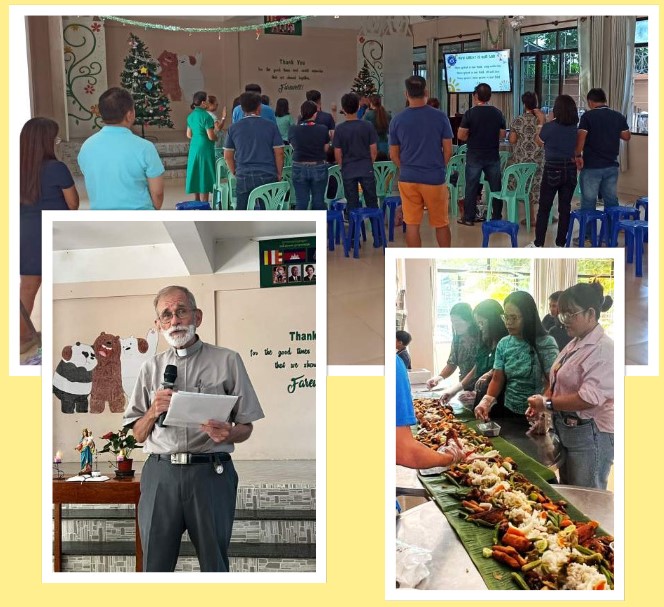
Happy Birthday

Charlie Dittmeier's Home Page
The Catholic Church in Cambodia.

Come Jan. 20, on the inaugural day of his second term, President-elect Trump has promised voters that he will begin a massive deportation effort. It is a deeply menacing threat without any indication of how matters of due process, human rights, respect of persons, respect of families and other matters of human dignity, justice and mercy will govern the deportation. And though we see indications that some Republicans will try to tone down Mr. Trump’s threats, many members of the party that will take control of every branch of our government on that day have not taken any evident steps to address the massive deportation itself.
I, for one, am not waiting for Inauguration Day. I think the threat of mass deportation needs to be urgently addressed by bishops, teachers, theologians, politicians and preachers. We cannot wait to see what happens, especially since the President-elect insists that he means business on that day.
James F. Keenan, S.J., in America
Last night the Don Bosco Vocational Training Center in the Tuol Kork area of Phnom Penh had a fund-raising dinner. That is the school where I go for mass early Monday mornings with the sisters and some of the students. The school teaches hospitality skills like food preparation, and it was good to see the students dressed up in their uniforms and serving the meal. A number of people from our English parish were in attendance.
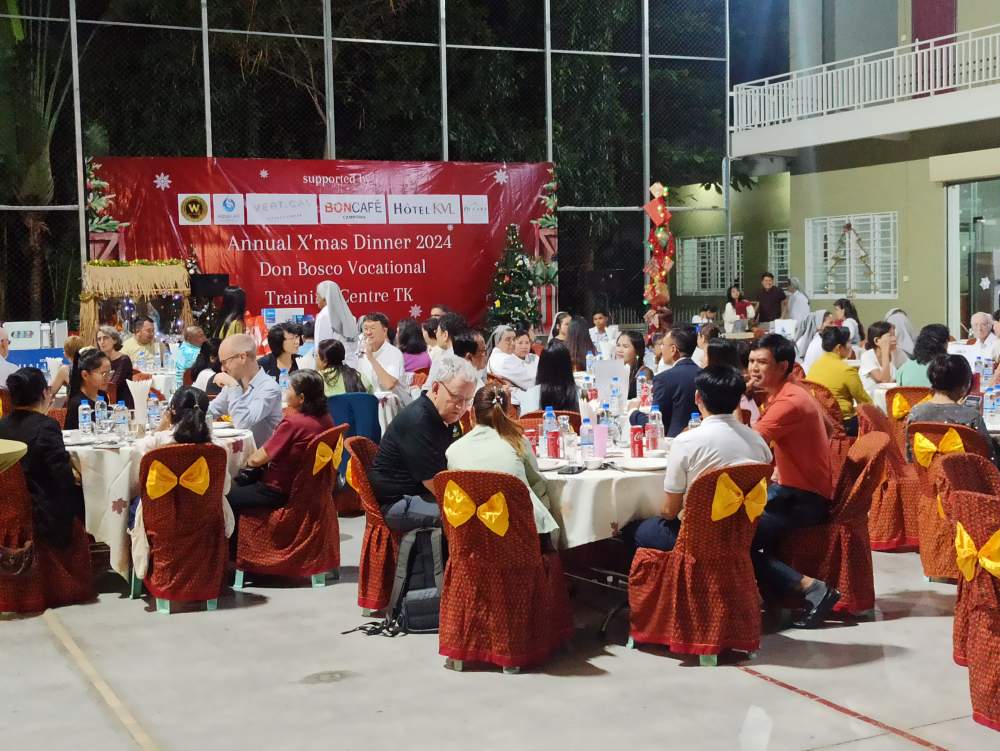
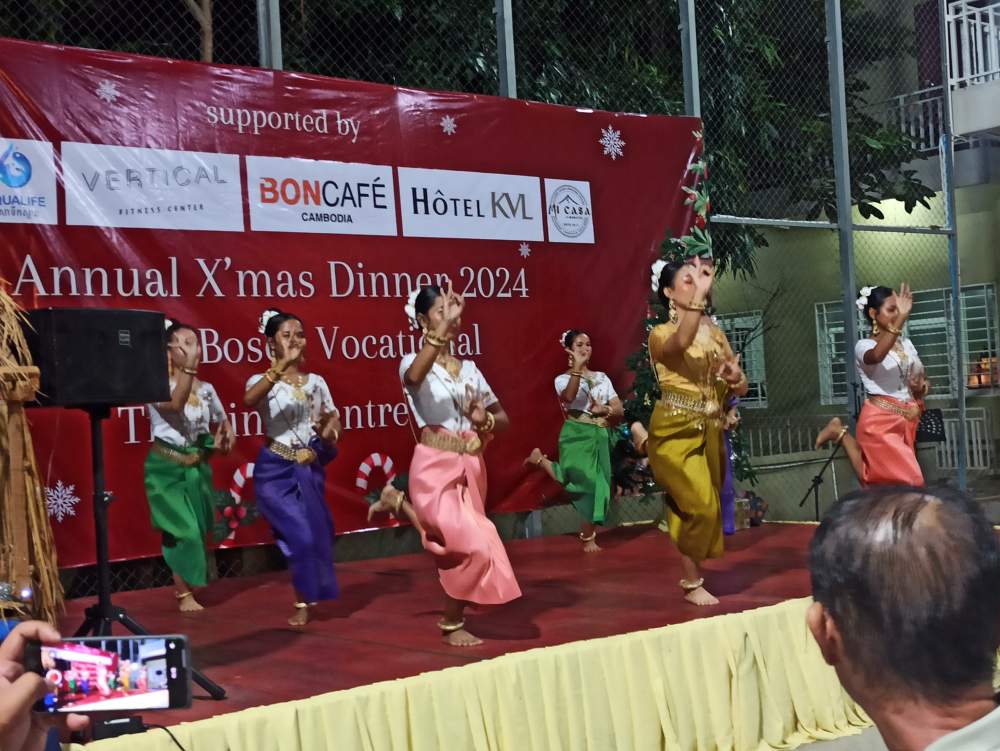

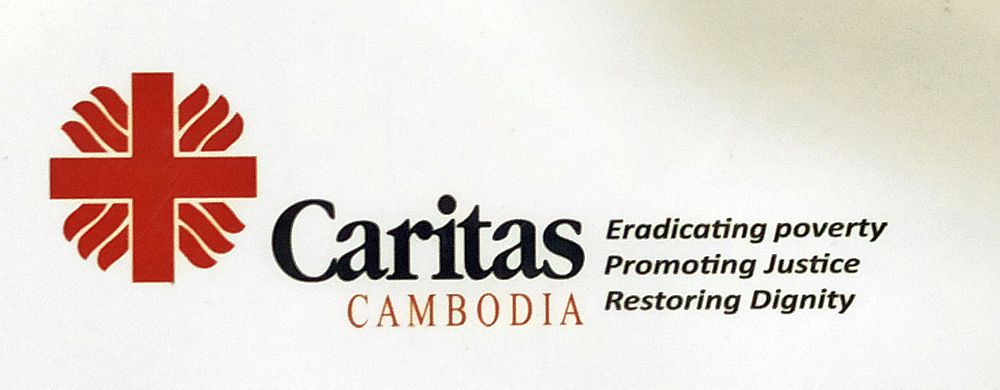
This Caritas Cambodia mission statement is probably the shortest and most power mission statement I’ve seen. I’m proud to be part of the organization.
Not all priests should offer the sacrament of reconciliation (confession). Not all priests should preside at mass. Not all priests should preach. Just because a man is ordained doesn’t mean he has the training or the skill and ability to do those things well.
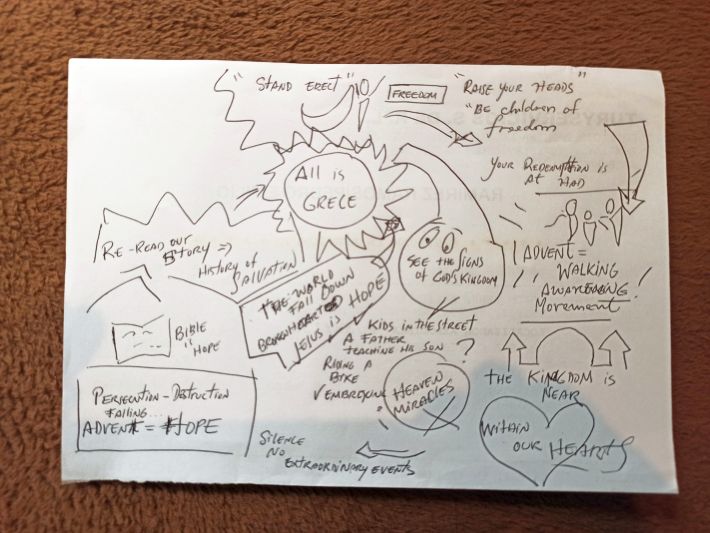
Most priests (I hope) spend time preparing to preach. But those who do prepare have different styles. I know a couple priests who write out their homilies word for word. Myself, I use bullet points in an outline. The photo above shows how another priest prepared for preaching today, the 1st Sunday of Advent. His notes above would not help me but they helped him give a really good homily. Different strokes for different folks….
The Catholic Church is one of the major actors in providing schools for children in Cambodia with autism. Today the Church of the Child Jesus in the Boeung Tum Pun area of Phnom Penh had a benefit concert to raise money for an enlarged school building on their campus. Performing was a professional ensemble of singers and musicians from Japan.
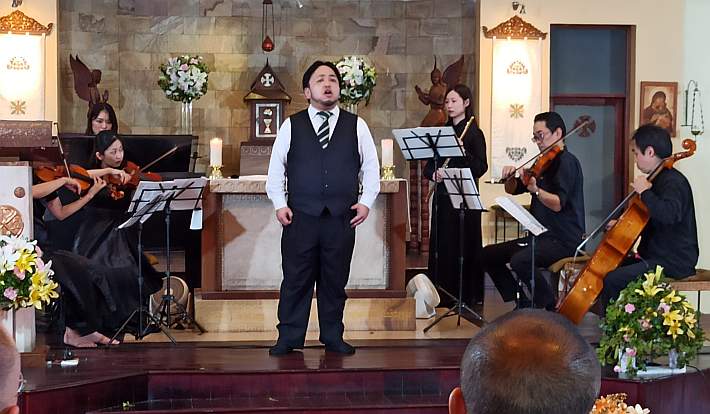

This morning at our Sunday liturgy, we had a special blessing, a remembrance for Raymond Leos, our parishioner who died three weeks ago. His brother Greg and Greg’s wife Kristen and their daughter Alexandra came from the United States and celebrated Ray’s life and death with us. I think it is very important for a parish to mark the special and important events in the lives of our church family like this.
Here is the latest column I wrote for The Record, the newspaper for the Archdiocese of Louisville
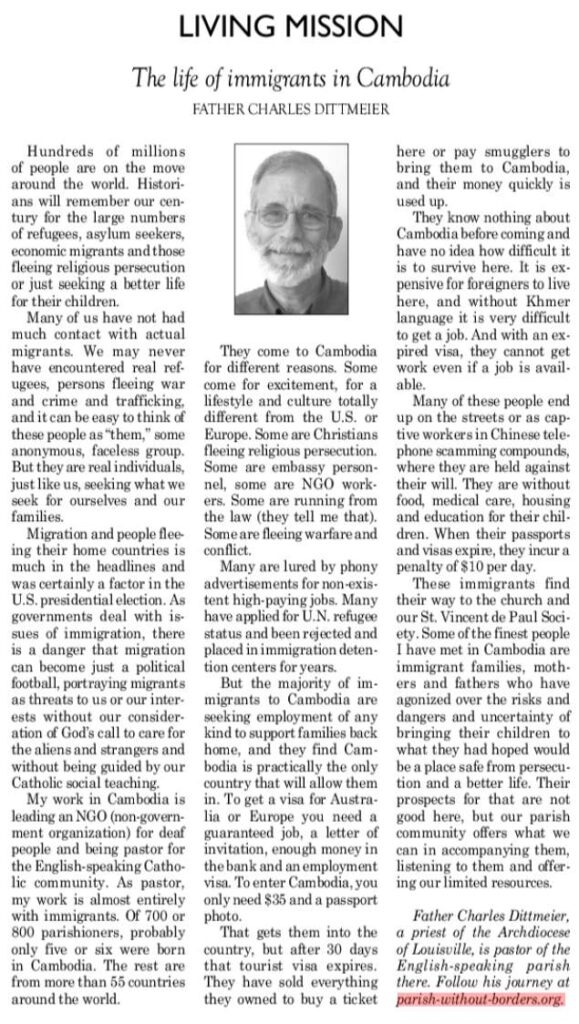
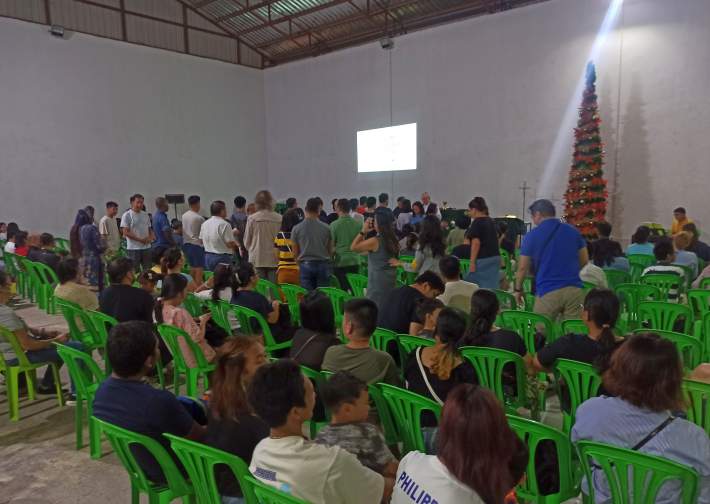
Today Couples for Christ, a lay group that tries to put its Christian faith into action, had a conference with a theme suggested by the prophet Isaiah–being a servant in service of God and being a light for others through our service.
First the group had some song of praise and worship together, then Fr. Charlie gave a talk on Isaiah 49:6, and then there was a “boodle fight,” a Filipino creation–eating a line of food (vegetables, rice, fish, meats, spring rolls, etc.) without plates or utensils. Everyone wears two plastic gloves and eats with their hands. An interesting experience for this Kentucky boy!
